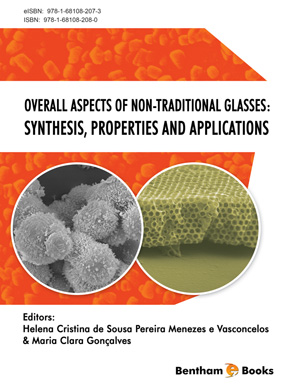Abstract
Dry reforming (DR) processes consist of a reaction between an adequate feedstock and carbon dioxide to produce syngas. In the case of a renewable feedstock (biogas, bioalcohols, wood tar,…), the DR processes become very interesting since they consume greenhouse gases (CO2, CH4,…) and produce hydrogen and syngas mixtures that can be considered as renewable alternatives to fossil fuels. The DR processes involve endothermic reactions accompanied by side reactions that decrease the overall process efficiency. The use of a catalytic material is expected to reduce the energy required for the process and to favor the selectivity towards syngas production. Thus, in the last decades, many studies considered the synthesis of catalytic materials that are active, selective and stable in DR reactions. This chapter considers the recent advances in the catalytic DR of methane, alcohols and biomass tar. The most recent catalytic materials are discussed in terms of their preparation, physico-chemical characteristics, and intrinsic properties that serve the purpose of the DR reactions. A special attention is paid to the carbon deposition problem and the different strategies that are adopted to minimize it. A final part of the chapter discusses the most recent developments in plasma, microwaves, solar energy and electrical current technologies for dry reforming reactions. Some examples of the developed reactor technologies are also presented including chemical looping reforming, membrane reactors and ceramic counter flow reactor.
Keywords: Alcohols, Biomass Tar, Carbon Deposition, Carbon Dioxide, Catalyst, Dry Reforming, Hydrogen, Methane, Reactor Technologies, Syngas.












